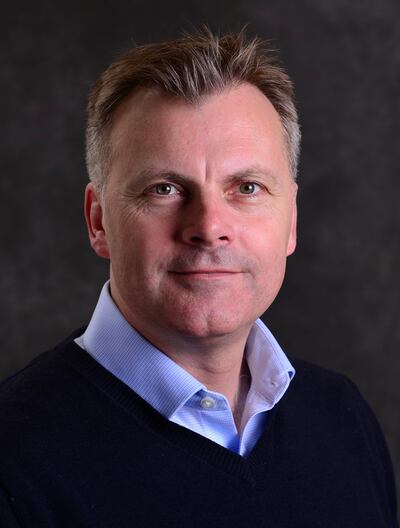How many patient contacts does the HSE receive each year? The answer is a staggering 30 million. Managing how these people are seen, treated and discharged is complex at best.
TeleTracking has the solution. The American company has been focused on the issue of tackling operational issues with patient flow for the past 30 years. “We have developed extensive expertise around this topic,” says Neil Griffiths, managing director of its UK arm.

“We are specialists – in the US we cover around half of all the acute beds and work with a range of highly-regarded healthcare systems.”
The UK arm has been working with the NHS for more than 14 years, as well as a range of other clients. The company says its systems have improved bed turnaround time by an average of 1.5 hours, achieved an 11 per cent reduction in the average length of stay, and enabled a 78 per cent reduction in the number of cancelled operations due to bed unavailability.
The impact on the bottom line is obvious – the NHS saw nursing agency spend decrease 41 per cent – but it also serves to improve the overall patient experience.
“Our technology platform focuses all of the operational elements of managing bed capacity both within hospitals and across the wider system. It essentially allows for real-time visibility of a patient’s journey through the system,” explains Griffiths. This information allows individual hospitals or systems to develop an overview of what’s happening on a real-time basis. “This allows for operational decision-making that can shorten the patient’s journey, avoid multiple patient moves, and underpin much better patient flow.”
[ Future Health SummitOpens in new window ]
Treat more patients
The system also tracks cleaners and porters, ensuring they can turn beds around and discharge patients much faster. “This is an overlooked element, to get those teams working as efficiently as possible, as they can really enable patient admission happening more quickly, and their discharge happening more quickly.
It's about making better use of your existing resources to ensure they go further
“Putting all that together, we can dramatically improve the use of the hospital inpatient bed base, meaning they can treat more patients, and make better use of clinical and non-clinical staff’s time,” he says. “You can also use that data over time to reconfigure how your hospital runs.”
In 2019, following a competitive process, TeleTracking was successful in being named in the HSE’s Framework for Patient Flow Information Systems. While the pandemic and the subsequent ransomware attack on the HSE systems has led to a delay in its implementation, Griffiths says he believes TeleTracking has something to offer the Irish healthcare system.
“Our clients, without exception, can demonstrate that they can treat more patients. It’s about making better use of your existing resources to ensure they go further.”
Future Health Summit takes place at Dublin's RDS on May 18th and 19th - futurehealthsummit.com












